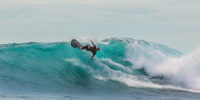The surf cam has become one of the true metaphors of tech advancement as it relates to surfing. It’s a simple little concept really: Place a few well-positioned cameras around popular surf spots so
Genius, right?
But alas, some unintended consequences came along for the ride.
Long rued by any surfer protective of his or her local spot, the surf cams have provided information that was previously unavailable, or at least a little harder to come by to the uninformed. For better or for worse, the surf cam
Recently new cams were installed at Rincon and Teahpu’poo, much to the chagrin of the locals. Tahitian Michel Borez specifically commented on Surfline’s Instagram page vocalizing his displeasure and the boys up Rincon way are on a search and destroy mission as we speak. We’ve also heard of some dissapointment with some of the newer cams up on Australia’s Sunshine Coast. Along those lines, we are guessing that any cam at pretty much any spot has its local detractors. Reasonable, given that many guys have spent most of their lives surfing a local area, dialing in the right tides, swell and wind only to have that advantage stripped away by the installation of a cam. Now, every desk jockey knows just when to bail work to score waves that only the hardcore crew used to get a jump on.

One question begs: do the companies that supply cam technology to the public have an inherent responsibility to provide some level of discretion as to where and what spots simply need to be left unexposed? Many would say that if you’re paying attention to the cams at the well-known spots, you should be able to make an educated guess as to what’s happening at spots off the beaten path. Again, the local knowledge thing vs. served up intel to the uninformed. Do we really need a cam at every spot? In a day when we rely so much on technology delivered to our fingertips, don’t we also need to understand that sometimes that modern convenience has unintended consequences that come with it and that we may need to police ourselves once in a while?
As with many things technological by nature, advancement in some things can take us away from other things. Often, those are things that are of a certain heritage or long-held tradition

We surely aren’t going back from here, but
Shit, that new swell should be here any minute. We’re out.
What Youth


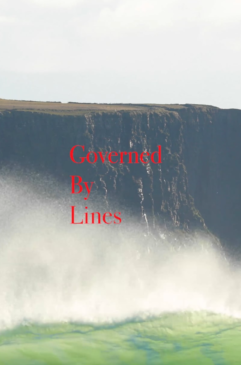
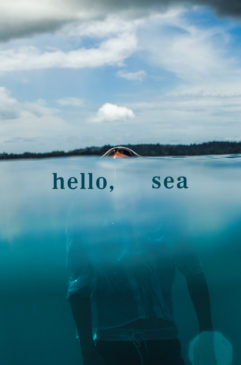
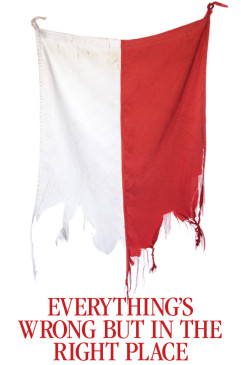







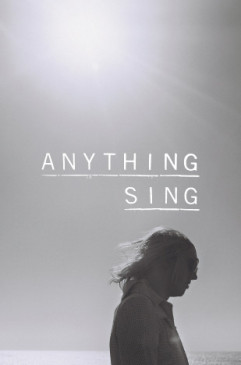











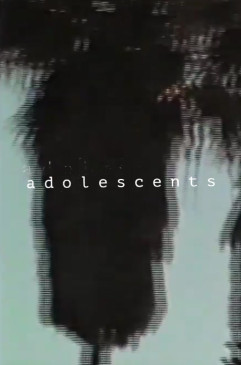
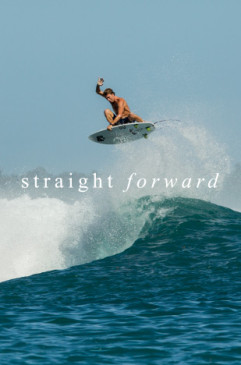


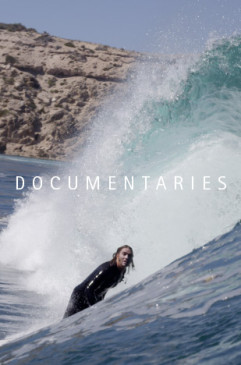

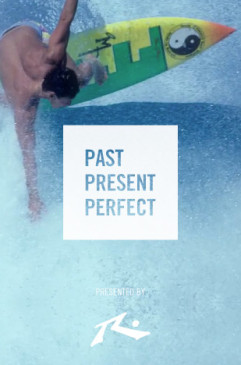
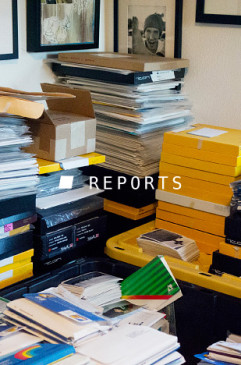
































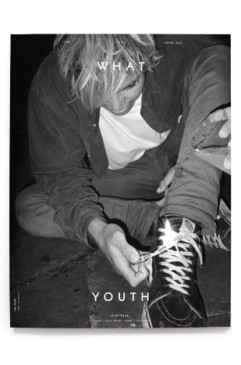





 NXT
NXT 


